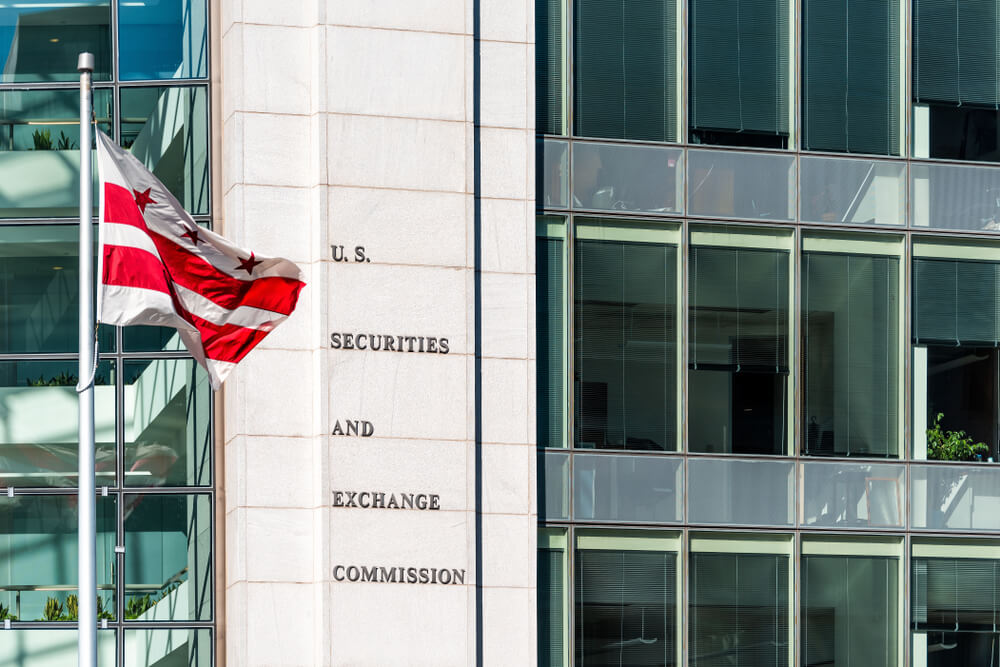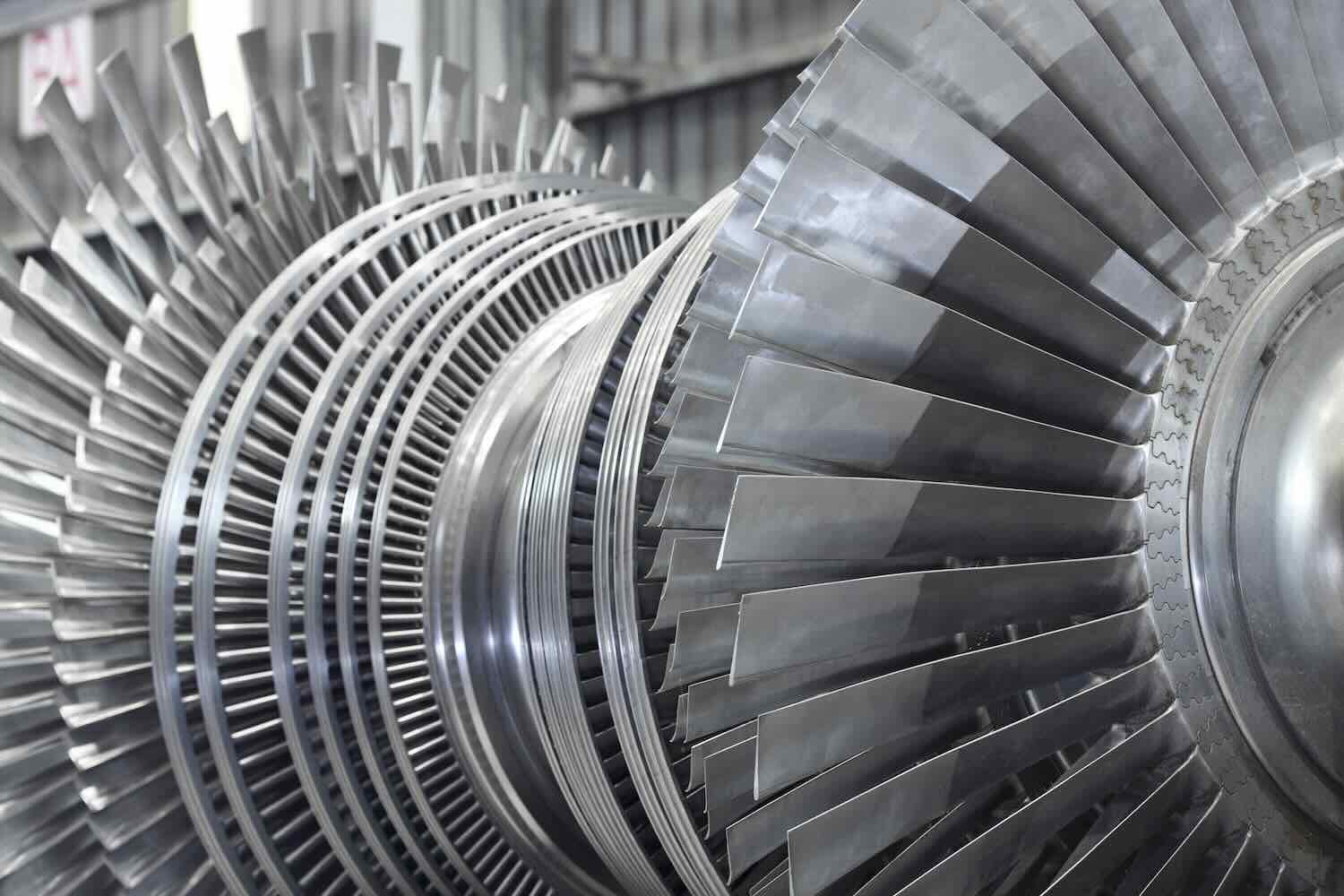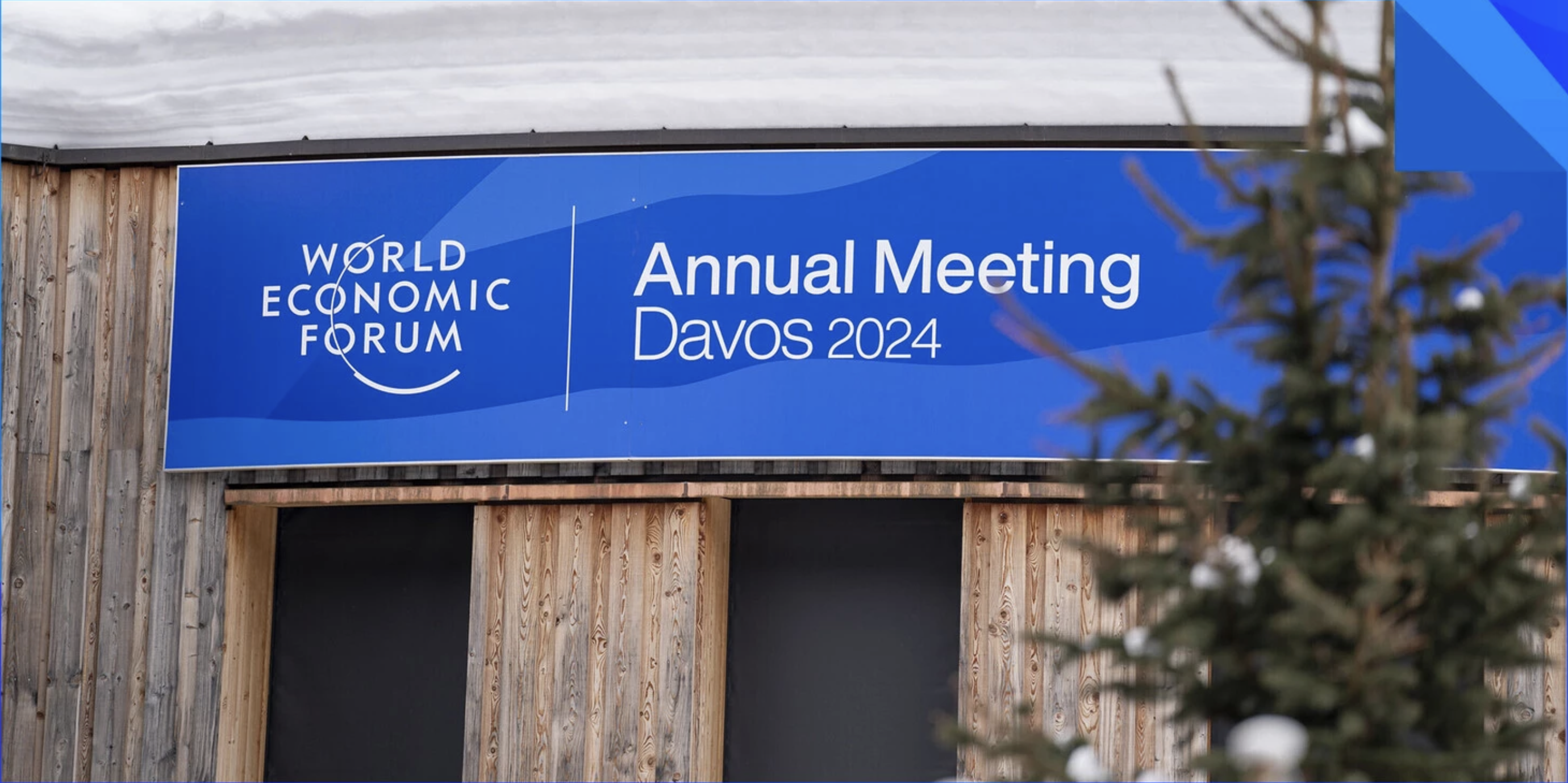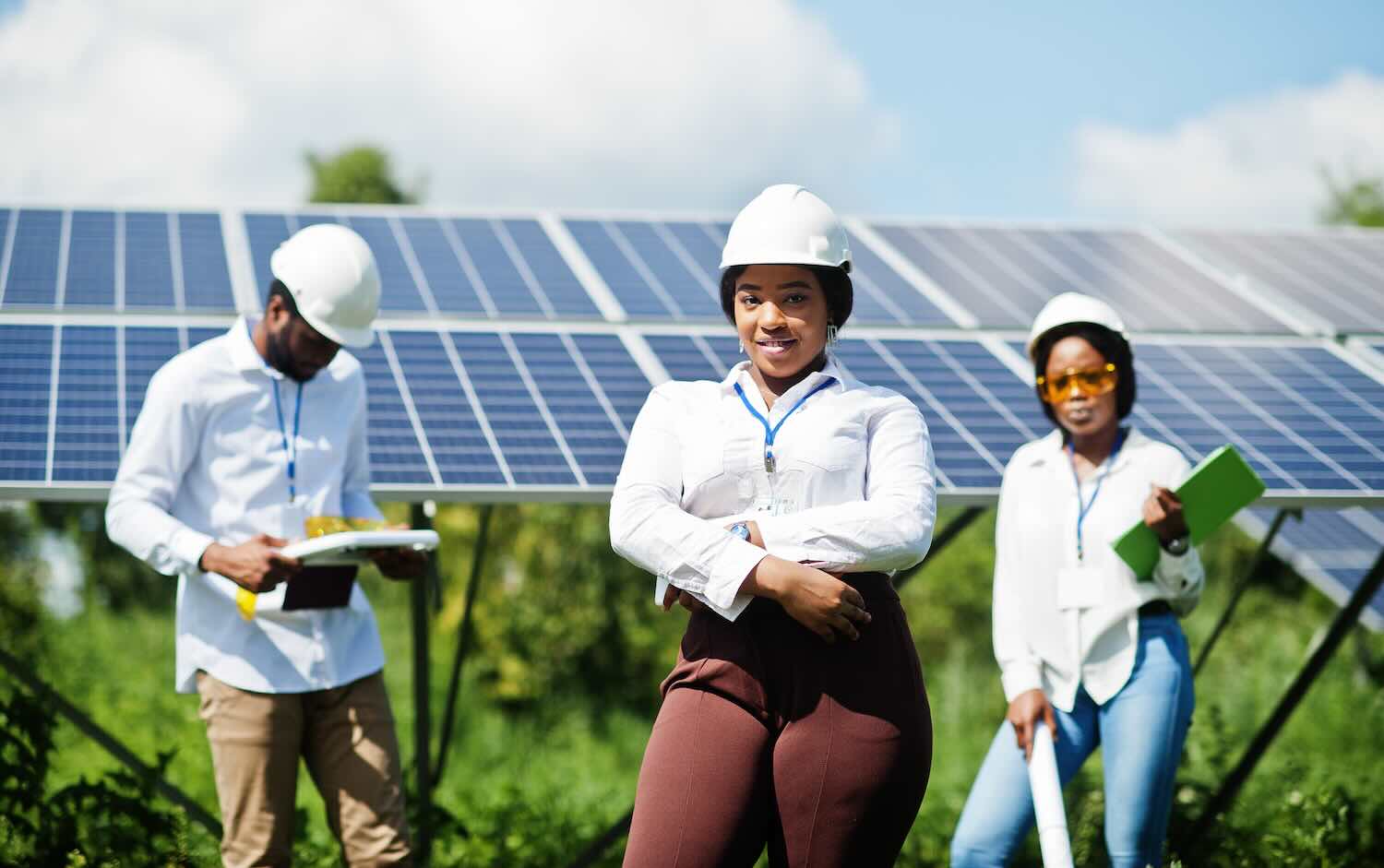ImpactAlpha, Aug. 10 – It’s not the national green bank that advocates have pushed for more than a decade.
But the $27 billion Greenhouse Gas Reduction Fund, part of the Inflation Reduction Act moving through Congress, could bank hard-to-finance projects like building energy retrofits, small-scale community solar project and agricultural projects that store carbon and increase the resiliency of farm communities.
“The investment capital and ability to build capacity can be really transformative,” Douglass Sims of the Natural Resources Defense Council told ImpactAlpha, calling the fund “long-term, low-cost capital at scale.”
The provision in the climate bill, which the House of Representatives is expected to pass on Friday, would effectively make the Environmental Protection Agency a banker to nonprofit entities and state and tribal agencies that would provide catalytic capital for renewable energy, storage and transmission projects, reforestation and resiliency measures and electrification and industrial decarbonization initiatives. The fund can help stand up green banks or shore up local skills for green lending.
The EPA would make $20 billion in competitive grants to non-profits “designed to provide capital, leverage private capital, and provide other forms of financial assistance for the rapid deployment of low- and zero-emission products, technologies, and services.” Of that, $8 billion is specifically earmarked to serve low- and middle-income communities.
Another $7 billion would be available to state, local and tribal entities focused on reaching low-income and disadvantaged communities.
Poised to benefit: nonprofit green banks at the city and state level, and community lenders such as community development financial institutions, or CDFIs.
“Impact investors need to be ready to engage the administration on these opportunities to ensure that they effectively leverage the expertise of investors and business leaders, while holding firm on commitments to equity and environmental justice,” said Fran Seegull of the U.S. Impact Investing Alliance.
Early capital
Global investment in renewable energy in the first half of 2022 was $226 billion and is on pace to top last year’s record financing totals, according to BloombergNEF. Early-stage climate innovation, which has long struggled to attract commercial financing, has become a venture-capital darling.
But the movement of those promising technologies, first into demonstration projects and then into large-scale production, remains far too slow for the rapid scale-up needed to meet the climate emergency.
The Prime Coalition has identified ways that catalytic capital can help companies get early projects off the ground. Early capital for demonstration projects can de-risk a new technology for commercial investors, as can first-loss equity or guarantees for first-of-a-kind, or “FOAK,” projects. Prime’s recent report also identifies the need to blend project finance, late-stage venture capital and credit.
Green banks use low-cost capital, subordinated debt, credit enhancements and other tools to marshal private capital for projects that might not otherwise attract such financing due to their size, difficult economics or lack of performance data.
Green banks could help create liquidity for renewable energy project developers, and reduce risk for other lenders by taking subordinate positions. Green bank loans could be packaged together and securitized to attract additional capital from commercial investors. Bankers expect the public funding will leverage several times the amount in private financing.
National Climate Bank
The structure of the Greenhouse Gas Reduction Fund comes out of the National Climate Bank Act introduced by Sen. Ed Markey in 2020. Markey has been working to create such a bank since 2009.
In the meantime, nearly two dozen states have launched their own green banks, starting with Connecticut’s state green bank in 2011. The banks, in New York, Louisiana, North Carolina, Florida and other states, as well as Washington D.C., have collectively deployed $2.6 billion and mobilized a total $9 billion, according to the Coalition for Green Capital. Local green banks have also cropped up, such as the New York City Energy Efficiency Corp.
The model has been shown to reduce risk. The cumulative default rate of the 23 state banks: less than 0.5%.
A dozen countries have moved forward with green banks as well, including the Development Bank of Southern Africa’s Climate Finance Facility. Rwanda and Kenya also are developing green banks. The approach in Latin America and Asia has been to incentivize existing public banks to add climate financing to their offerings, rather than to stand up new institutions.
The Coalition for Green Capital’s members “are ready and able to accelerate public-private funding at the rate required to reduce emissions fast enough to win the battle against catastrophic climate change,” said the group’s Reed Hunt in a statement. The green banks “have $20 billion in backlogged projects of which at least two-thirds can be financed by the private sector when catalyzed by this historic public investment,” he added.
The Greenhouse Gas Reduction Fund’s emphasis on low- and moderate income communities, tribal governments and marginalized populations complements other provisions of the Inflation Reduction Act, including more generous tax credits for solar projects in disadvantaged communities.
“The capacity-building and 50-state strategy can really spread the opportunity on jobs and investment in greenhouse gas reductions around,” said the NRDC’s Sims.
The EPA must now design and structure the Greenhouse Gas Reduction Fund. The bill calls for the EPA to begin disbursing funds within six months, and for the money to be fully out the door by September 2024.











